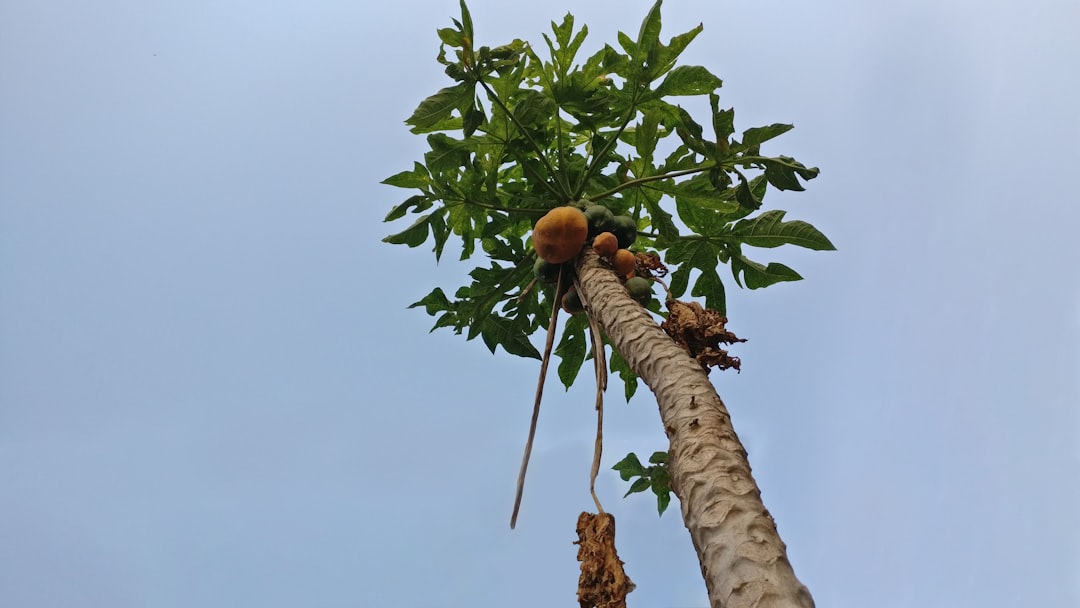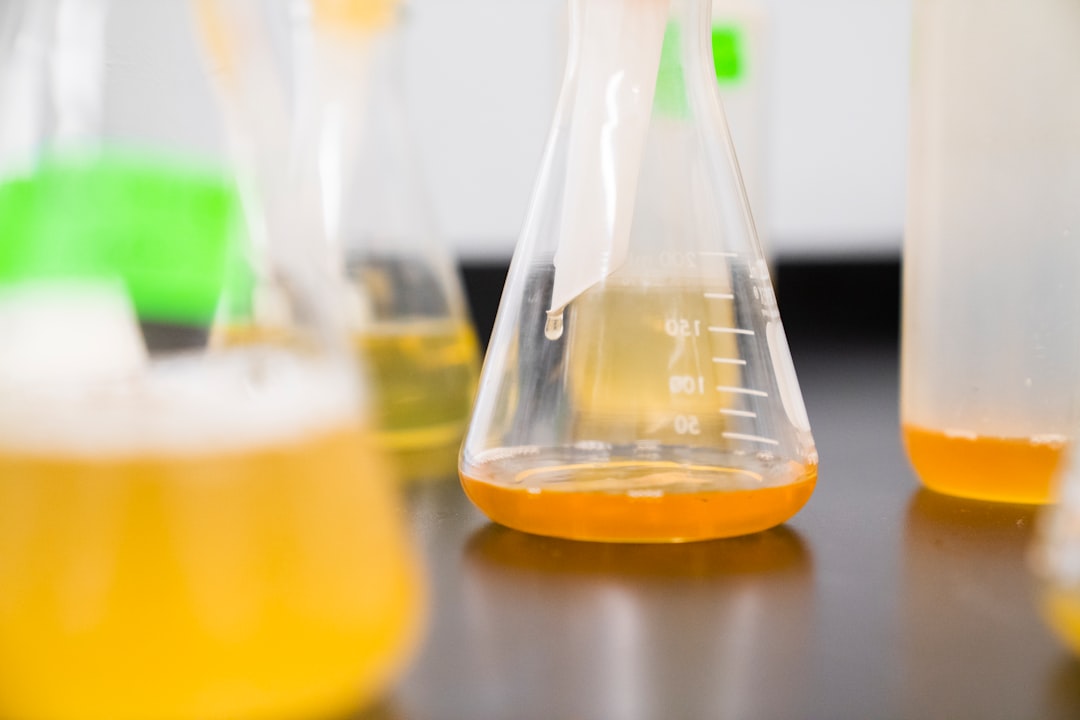What is it about?
The base-promoted [1,4] Wittig rearrangement of alkyl allylic ethers to generate enolates is a unique transformation in organic synthesis; however, the aza-version of this [1,4] rearrangement using allylic amine derivatives as substrates is severely limited. In the current paper, we applied this protocol to N-allylic-N-Boc-hydrazine derivatives and investigated their base-promoted [1,4] rearrangement involving a nitrogen–nitrogen bond cleavage. The 1,4-shift of an amino migrating group into the gamma-position of the allylic moiety provided synthetically valuable gamma-amino enamides with E-selectivities. We termed this reaction a “diaza [1,4] Wittig rearrangement”. The scope and limitations, experimental mechanistic studies, and a proposed reaction mechanism are also described.
Featured Image
Why is it important?
Although the diaza [1,4] Wittig rearrangement demonstrated in this manuscript still has substrate limitations, our method provides unique access to substituted N-Boc-enamides. This study will expand the synthetic scope and utility of not only the Wittig rearrangement but also analogous sigmatropic rearrangements.
Read the Original
This page is a summary of: Diaza [1,4] Wittig-type rearrangement of N-allylic-N-Boc-hydrazines into γ-amino-N-Boc-enamines, Chemical Communications, January 2016, Royal Society of Chemistry,
DOI: 10.1039/c6cc04626f.
You can read the full text:
Contributors
The following have contributed to this page










